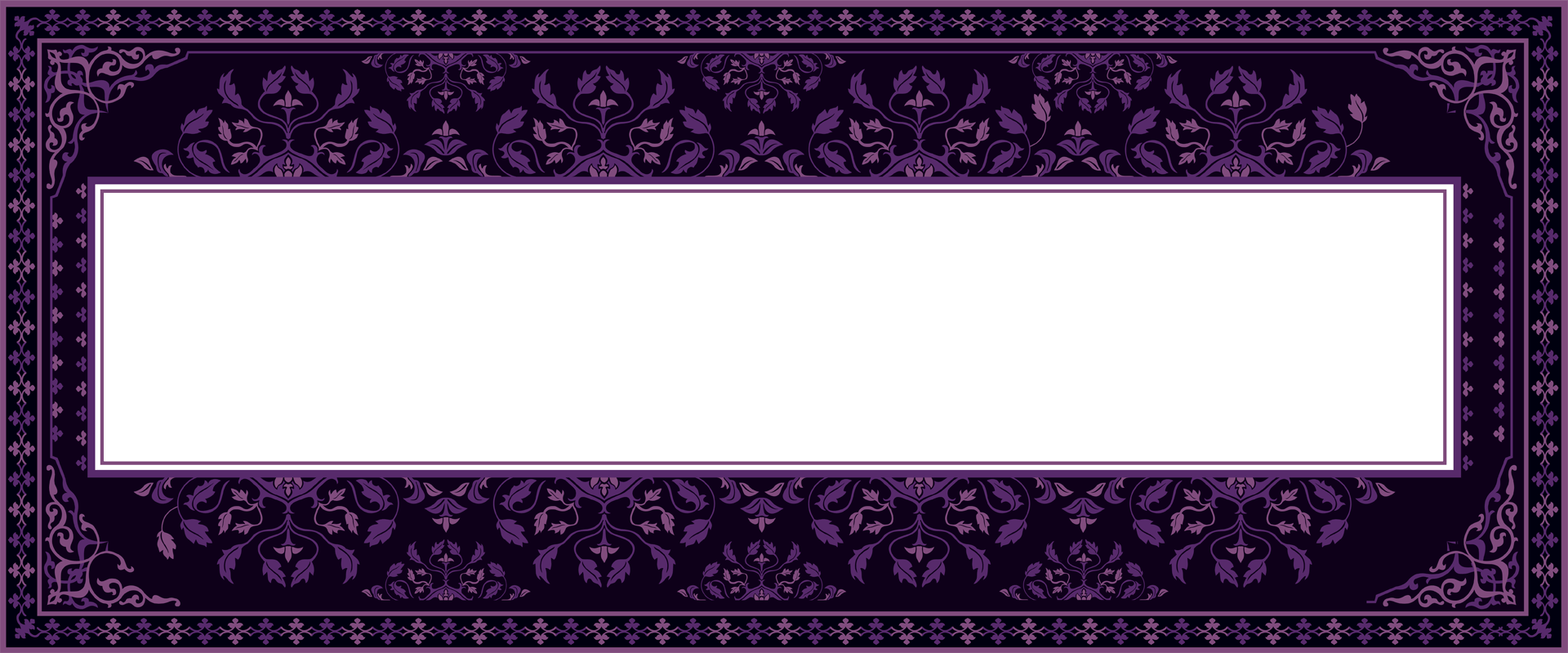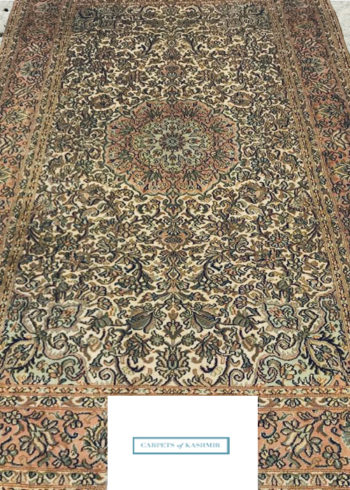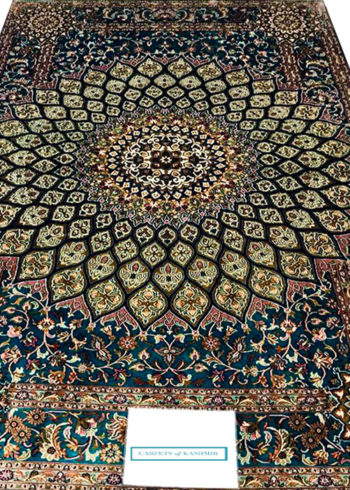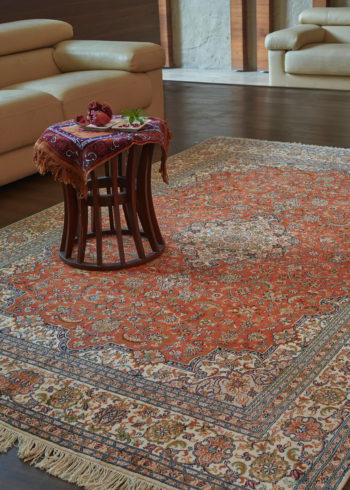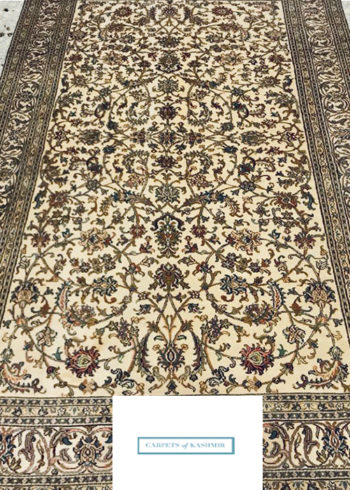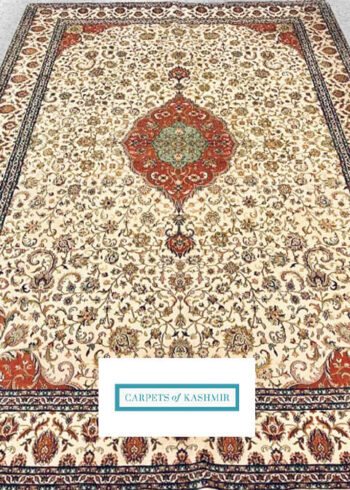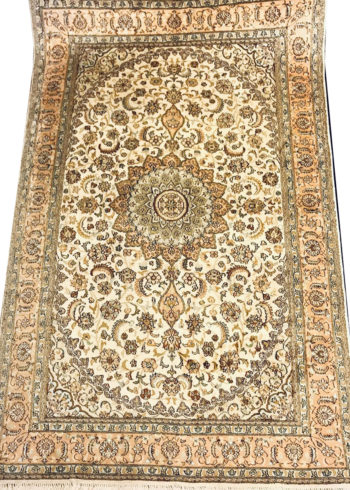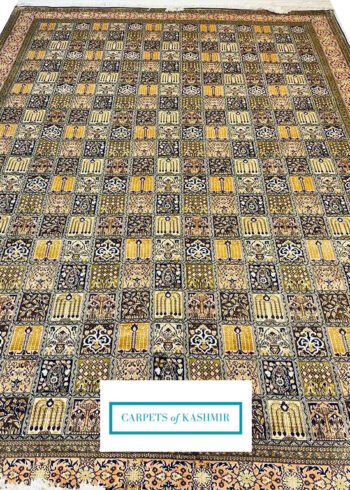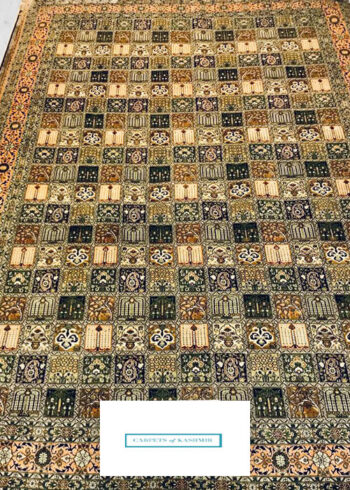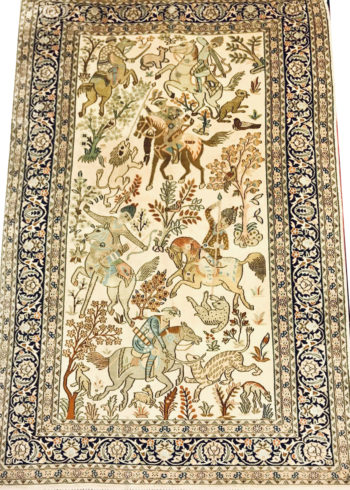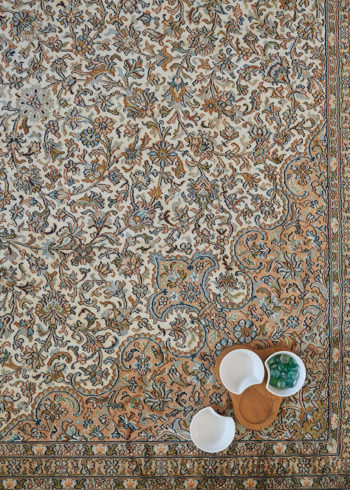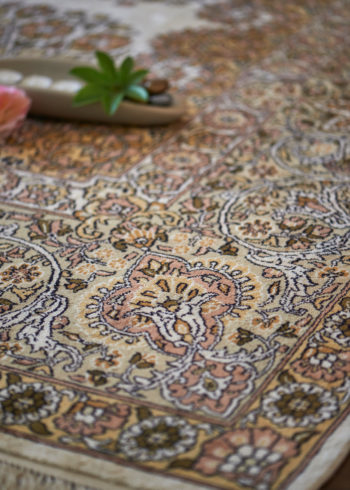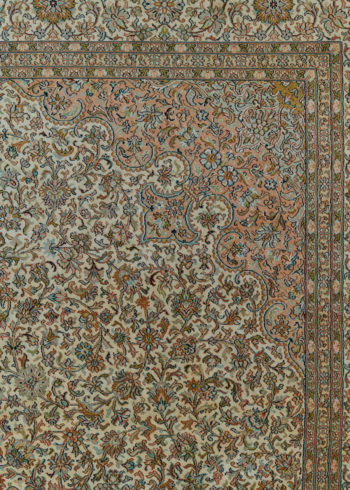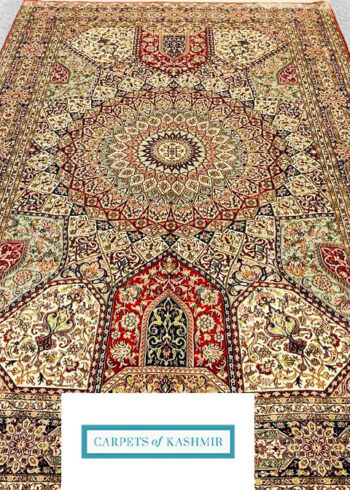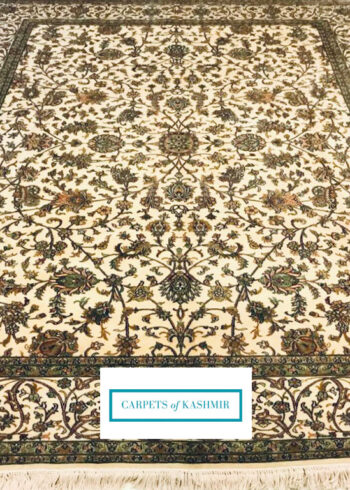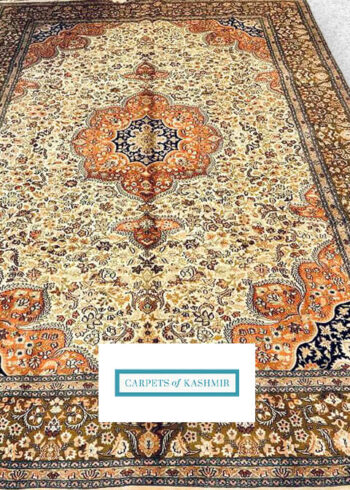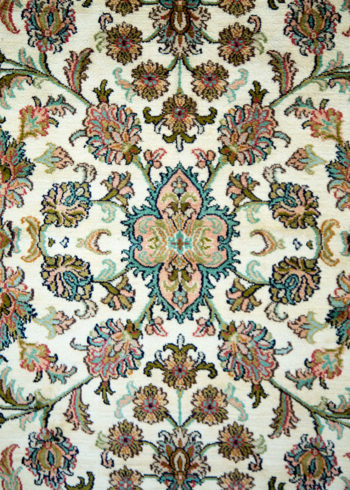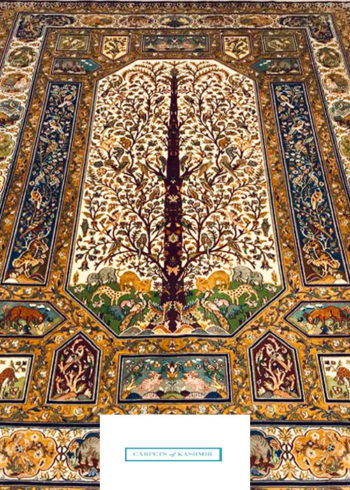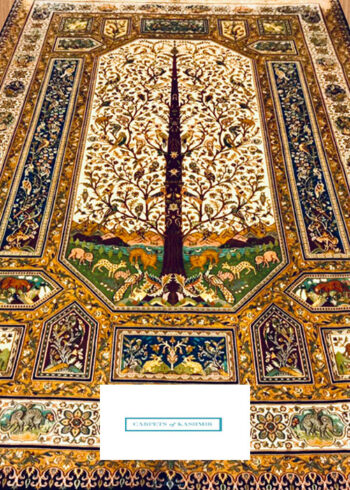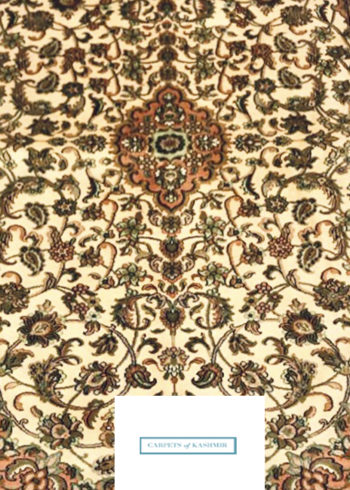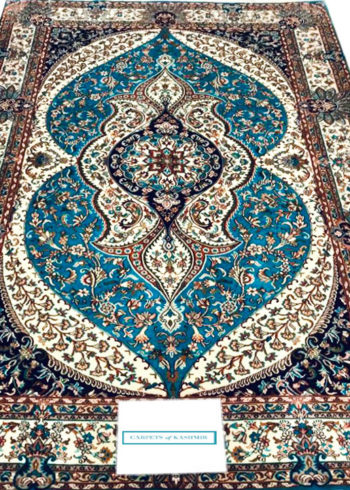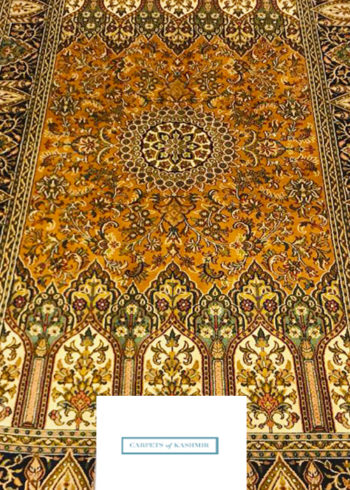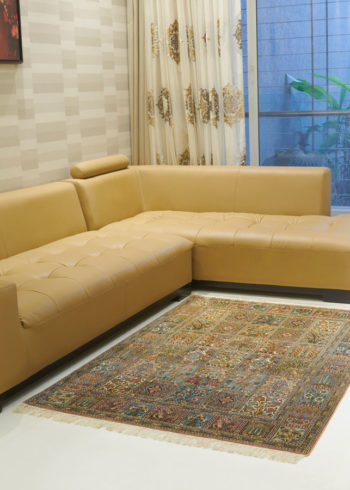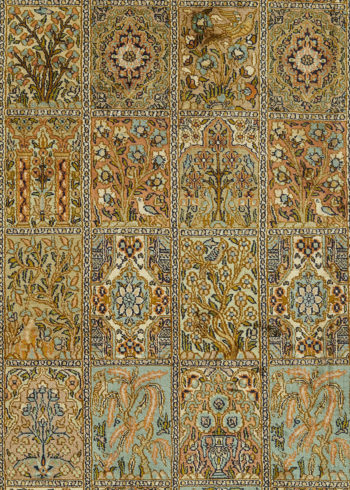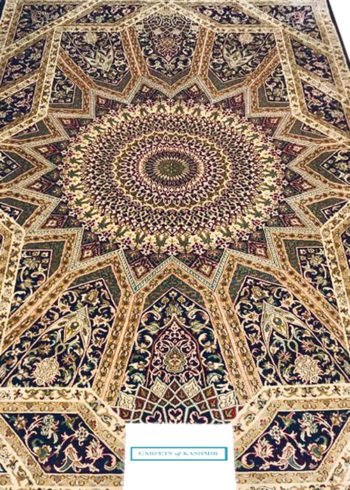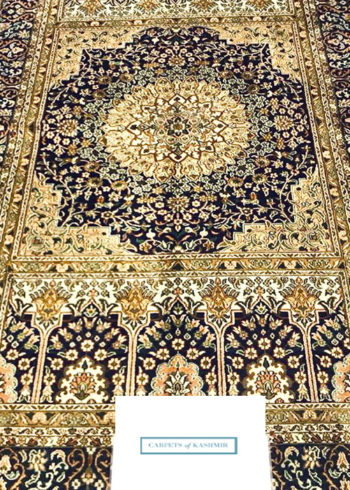Have you ever been mesmerized by the intricate details and vibrant colors of a Kashmir Oriental carpet? These hand-knotted masterpieces are more than just home decor – they embody centuries-old traditions and craftsmanship.
But what makes these carpets truly stand out from the rest? In this blog post, we’ll explore how distinguishing features such as knot count, design motifs, and materials contribute to the timeless beauty and enduring value of Kashmir Oriental carpets. Join us on a journey from design to execution as we unravel the secrets behind these exquisite works of art.
Pure Natural Mulberry Silk Kashmir Oriental Carpets »
Pure Silk
Pure Silk
Pure Silk
Pure Silk
Pure Silk
Pure Silk
Pure Silk
Pure Silk
Pure Silk
Pure Silk
Pure Silk
Pure Silk
Pure Silk
Pure Silk
Pure Silk
Pure Silk
Pure Silk
Pure Silk
Pure Silk
Pure Silk
Pure Silk
Pure Silk
Pure Silk
Pure Silk
Pure Silk
Pure Silk
Pure Silk
Pure Silk
Pure Silk
Pure Silk
Pure Silk
Pure Silk
Pure Silk
Pure Silk
Pure Silk
Pure Silk
Selecting Oriental Kashmiri Carpet »
When shopping for an oriental Kashmiri carpet, it is important to keep in mind the desired look and feel for your home. Kashmiri carpets come in a wide range of colors, patterns, and textures, so it is important to select one that will complement your existing decor. Here are a few tips to help you choose the right Kashmiri carpet for your home:
1. Decide on the overall look you want to achieve. Do you want a carpet that makes a statement or one that blends in with your existing decor?
2. Consider the colors in your room and find a carpet that either complements or contrasts with them.
3. Select a pattern and texture that fits your style. You can choose from intricate designs or more simplistic ones depending on your preference.
4. Take measurements of the room where the carpet will be placed so you can be sure to select one that fits well.
5. Ask for expert advice from the salesperson at the store. They can help you narrow down your choices and find the perfect Kashmiri carpet for your home. Our managing partner Rohit Sharma is a carpet expert with 20+ years of expertise and experience as a curator and advisor to several known interior decorators and architects.
Weaving Kashmiri Pure Silk Carpets »
Introduction »
Kashmir Oriental carpets are some of the most beautiful and intricate hand-woven rugs in the world. Distinguishing features such as the use of high-quality wool, silk, natural dyes, and a wide variety of designs make these carpets stand out from other types of oriental rugs.
When it comes to choosing a Kashmir Oriental carpet, there are a few things to keep in mind. First, take into consideration the size of the rug and the amount of traffic (read footfalls) that it will see. For high-traffic areas, look for carpets with shorter pile heights and smaller patterns. Next, think about the color scheme of the room where the rug will be placed.
Kashmir Oriental carpets come in a wide variety of colors, so there is sure to be one that will complement your decor. Finally, consider your budget. These carpets can be pricey, but they are definitely worth the investment!
We have been crafting oriental rugs for over 30 years and have door steep delivered to domestic and international clients from our showroom with 2,000+ ready-in-stock carpets at World Trade Centre; Mumbai via. shipping partner Fedex.
History and Context of Kashmir Oriental Carpets »
The roots of the Kashmir Oriental Carpet industry can be traced back to the 15th century when the first carpets were made in the royal workshop of the Sultan of Kashmir.
The carpets produced in this workshop were of very high quality, and they quickly gained popularity among the nobility of Central Asia.
In the 16th century, carpet making became established as a cottage industry in Kashmir, with many families involved in weaving carpets for their own use and for sale to local merchants.
During the 17th and 18th centuries, Kashmir was ruled successively by the Mughal Empire and the Afghan Durrani Empire. During this time, carpet making in Kashmir reached its height, with many master weavers producing carpets of extraordinary quality. In particular, the Mughal emperors were great patrons of the arts, and they commissioned many luxurious carpets for their palaces and courts.
The 19th century was a period of political turmoil in Kashmir, with control of the region changing hands several times between the British Raj and various local rulers. Despite this instability, carpet-making continued to flourish, with some weavers even managing to produce carpets for export to Europe and America.
Distinguishing Features of a Kashmir Oriental Carpet (Dye, Fibers, and Design) »
Kashmir oriental carpets are renowned for their intricate patterns and beautiful colors. But what sets these carpets apart from other types of oriental carpets? Here are three distinguishing features of Kashmir oriental carpets:
Dye: Kashmir oriental carpets are dyed using natural dyes. This gives the carpets their characteristic deep, brilliant colors. We at Carpets of Kashmir, use Azo-free, chrome, and eco-friendly dyes for maximum sustainability.
Fibers: The fibers used to make Kashmir oriental carpets are 100% pure Marino wool and natural mulberry silk. The wool is dyed using natural dyes, while the silk is left sometimes undyed. This combination of dyed and undyed fibers creates a carpet with a lustrous sheen.
Design: Kashmir oriental carpets feature complex, geometric patterns. These patterns are often created using a technique called “guli kari,” which involves stitching small pieces of colored fabric onto the carpet’s surface. We offer designs ranging from floral, geometric, animal, and hunting scenes, etc.
We offer, complete customization of the oriental carpets in size, colors, designs, materials, and even shape!
Dyeing of Silk Yarn »
How the Distinguishing Features Make Kashmir Oriental Rugs Stand Out »
When it comes to Oriental carpets, Kashmir rugs are some of the most beautiful and coveted in the world. What makes these rugs so special? In this article, we’ll explore the distinguishing features that make Kashmir Oriental rugs stand out from the crowd.
Kashmir is known for its luxurious and high-quality wool. The region’s climate is ideal for sheep, producing wool that is strong, soft, and lustrous. This wool is used in many of the finest Kashmir Oriental carpets.
The pile of a Kashmir Oriental rug is usually made from this fine wool, which is why they tend to be so soft and silky to the touch. The density of the pile also contributes to the longevity of these carpets – they can last for generations with proper care.
Kashmir Oriental carpets are often knotted by hand, which adds to their value. Knotting by hand is a time-consuming process, but it results in a stronger and more durable rug. It also allows for more intricate patterns and designs than those made with machine-knotted carpets.
The colors used in Kashmir Oriental carpets are usually very soft and muted, giving them a serene and calming appearance. This aesthetic is one of the reasons why these carpets are so popular in bedrooms and other relaxing spaces.
If you’re looking for a carpet that is both beautiful and built to last, then consider a Kashmir Oriental rug for your home.
Crafting a Kashmir Oriental Carpet – The Process from Start to Finish »
There are many steps that go into crafting a Kashmir Oriental carpet, and each one is important in order to create a beautiful and high-quality rug. The process begins with the design, which is often created by a skilled artist. Once the design is complete, it is then transferred onto a loom where the rug will be handwoven.
The weaver will start by knotting the foundation of the rug, which is typically made from wool. The weaver will then add the pile, or the top part of the rug that you see and walk on, using different colors of wool to create the desired pattern. Once the weaving is complete, the fringes are added to finish off the edges of the rug.
After the Kashmir Oriental carpet has been woven, it must then be washed and dried. This helps to set the piles and fibers and also allows for any loose threads to be removed. Once it has been fully cleaned, it is ready to be used in your home as a beautiful and unique piece of decor!
Making of Hand Knotted Rugs »
Popular Motifs Found in Kashmir Oriental Carpets »
Some popular motifs that can be found in these carpets include:
- Floral: Commonly seen in Persian and Turkish rugs, florals are a popular choice for those looking to add a touch of elegance to their home. From simple daisy patterns to more intricate and detailed rose designs, florals can be found in a wide variety of Kashmir Oriental carpets.
- Geometric: Geometric shapes and patterns are also commonly seen in Kashmir Oriental carpets. These shapes can range from simple stripes or diamonds to more complex latticework or zigzag patterns. Geometric designs are often used to create a focal point within a carpet or to add visual interest to a more simplistic design.
- Animal: Animal motifs are also popular among Kashmir Oriental carpets, with common choices including lions, tigers, and elephants. These powerful creatures often symbolize strength and courage, making them ideal choices for those looking to add a bit of drama to their space.
Conclusion »
Kashmir Oriental carpets have become a staple in many households, and for good reason. With their unique design and exquisite execution, these carpets are the perfect way to add a touch of elegance and luxury to any room.
By exploring the distinguishing features that make Kashmir Oriental carpets stand out from other types of carpets, it is possible to appreciate the craftsmanship that goes into every square inch of each carpet. We hope you have enjoyed learning more about how these intriguing pieces come together!



